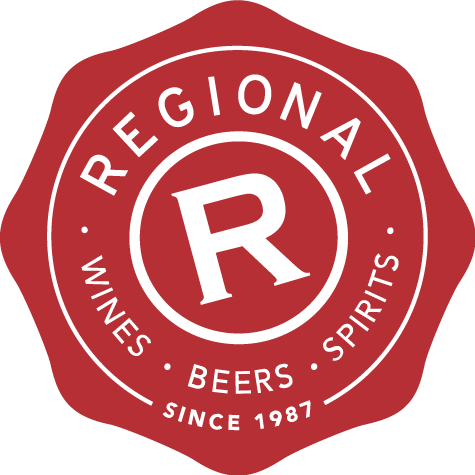
Dry River - Then and Now...
It’s not every day you get to taste older vintages from one of New Zealand’s most iconic and pioneering wineries, but last month, twenty lucky Regional Wines customers were given a real treat courtesy of chief winemaker Wilco Lam from Dry River, who took us through five varietal flights comparing older and current vintages.
Wilco kicked off proceedings explaining the relatively recent change in philosophy and direction at Dry River, since his taking over the helm back in 2011. A change that has seen reflective mulch ripped from the vineyards, a pulling back on new oak and toast levels across the board and attempts in the vineyard to drive the root systems of the old vines deeper and deeper in their quest for complexing nutrients. The line-up gave us the chance to witness the results of these moves – albeit through wines separated by as much as a decade in some instances.
The current release 2016 Craighall Riesling, from a please all vintage, certainly showed a change in style next to its 2009 counterpart. The acidity and florals were high and the wine had elegance and lift that certainly made one question whether it would be showing its age after nine years as readily as the ‘09 – which was gently caramelised with mead and marzipan notes. The Pinot Gris and Gewurztraminers offered similar stories, wines that Wilco explained are driven more by alcohol and sugar than acidity, and benefit from lees and large format oak for increased texture. These are aromatic wines that gain from a bit of shrivel in the vineyard thanks to the wind assisted Martinborough climate.
And then came the reds. The 2016 Craighall Pinot was a stunning aromatic offering from a stellar vintage that allowed for more whole bunch, decreased new oak (15% down from 20% in the 2011) and larger format oak ageing. The Pinot aromatics were thus given every chance to shine, assisted by some lifted elements thanks to the intracellular fermentation.
The two Syrahs were fantastic, but couldn’t have been more different, and again offered a great example of Dry River’s change in direction. 2015 was a great vintage, but two exceptional wind events saw 70% of the Syrah fruit lost, the upside of which was a super low level of cropping and thus beautifully concentrated complex flavours in the grapes that survived. This was like a juicy peppered steak, served slightly rare with roasted vegetables and toasty Yorkshire pudding. On the other hand, the ’08 was like a summer pudding following the previous meat course – caramelised red fruits wrapped in layers of tertiary complexity. ’08 was, by all accounts, the vintage that really saved Martinborough after a slew of tricky years, and although the ripeness harks back to the days of reflective mulch, it was simply stunning.
Of course, it’s hard to look for subtle changes in winemaking style when comparing wines separated by so many years, but they were certainly there to spot, and point to a drive towards letting the fruit sing - through attention in the vineyard and less intervention in the winery. Wines that speak of place have always been at Dry River’s core, but as the winery continues to evolve, it’s going to be exciting to watch how the wines change too.
